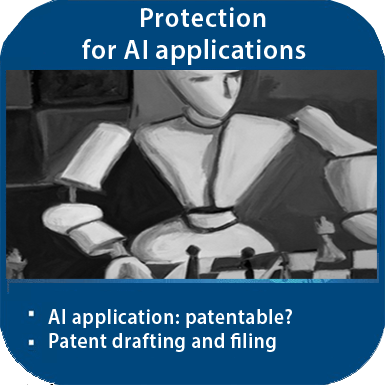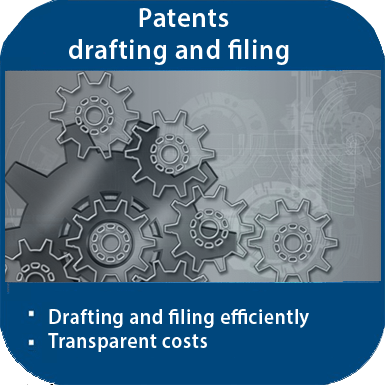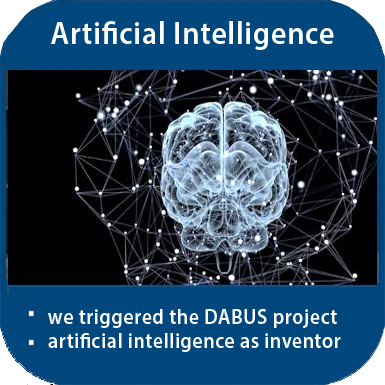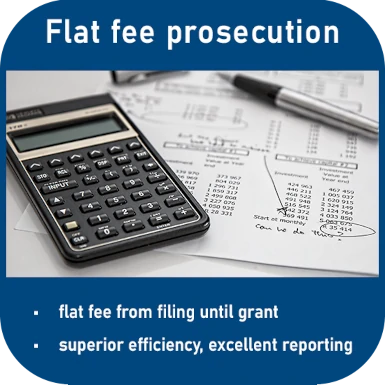Microsoft synchronisation - inventive with regard to G1/19?
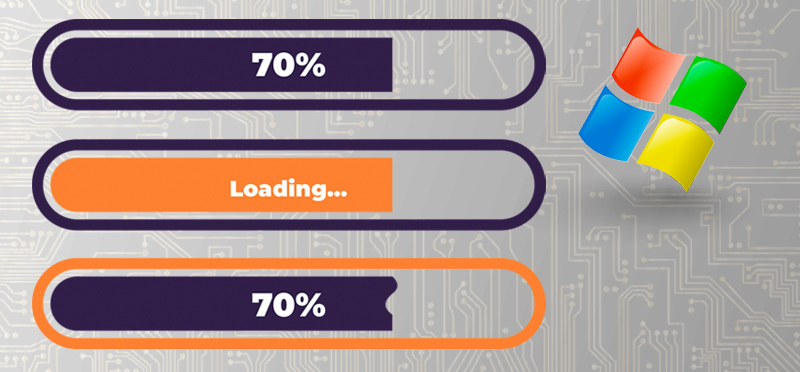
Is synchronisation between devices of a digital network and their status display to be regarded as an inventive step? This recent decision by a Board of Appeal of the EPO around a rejected European patent application by Microsoft is interesting in two respects: Document D2 is a patent by Microsoft itself - and the Board takes into account decision G 1/19 of the Enlarged Board of Appeal in its reasoning.
Decision G1/19 of the Enlarged Board of Appeal
In decision G1/19, which is groundbreaking in relation to computer-implemented inventions, models and simulations, the Enlarged Board of Appeal stated in March 2021 that the so-called COMVIK approach is also applicable to computer-implemented simulations. According to the COMVIK approach, it is not decisive whether the simulated system or process is technical or not. Rather, what is relevant is whether the simulation of the system or process contributes to the solution of a technical task.
Also discussed in G1/19 was whether a claimed feature must produce a technical effect on a physical object in the real world in order to contribute to the technical character of the claim. The Enlarged Board of Appeal did not agree and saw no need to require in general a direct link to (external) physical reality.
However, the link to physical reality can contribute to the technical character. Measurements, including indirect measurements, have a technical character because they are based on an interaction with physical reality at the beginning of the measurement method, the Enlarged Board of Appeal explained in G1/19. This is true regardless of how the results are used (G 1/19, see ground 99).
And data intended to control a technical device can be said to have a technical character, according to G1/19, because they have the potential to produce technical effects.
But, the display of information as such is not patentable with regard to Article 52(2)(d) and (3) EPC. The automatic visual display of states occurring in a device or system, on the other hand, is - according to an EPO decision of 1988 Ė in general a technical task (T 0115/85 (Computer-related invention) of 5.9.1988)).
So, how is synchronisation between devices of a digital network and its status display to be assessed?
Microsoft Synchronisation - Inventive?
The patent application in suit, Presenting availability statuses of synchronized objects, describes a synchronisation process involving the "moving" phase, namely the transfer of data from the host to the client's temporary data area and then to the canonical storage location. The objective technical problem was to provide a method enabling a user to monitor the progress of a synchronisation process of an object between two computing devices.
The EPO Examining Division rejected the patent application for lack of inventive step over prior art document D1 (D1: S. Kim, ĎJava Web Startí, September 2001). This decision was appealed by the patent applicant, which led to the present current decision.
The Board of Appeal also introduced document D2 into the proceedings - and interestingly, this is a patent from Microsoft itself, from 2007 (D2: WO 2007/008996, published in January 2007, the patent Single View of Data in a networked Computer System with Distributed Storage).
Like the present patent application, D2 discloses a synchronisation process with a "shifting" phase. It differs from the patent application at issue essentially only in that D2 does not expressly recite a relocation status, which determines the status based on a temporary location of the object and indicates a receiving or requesting status to the user.
The appellant - Microsoft Technology Licensing, LLC - argued that the identification of the three phases of synchronisation was different from D2 and already inventive, namely the relocate, receive and request phases.
Decision of the Board of Appeal
The Board of Appeal recognised that informing the user about the progress of a technical process is in principle a technical problem. This had not changed with decision G 1/19 of the Enlarged Board of Appeal, the Board of Appeal explained. For in G 1/19 it had been explained that measurements had a technical character, as they were based on an interaction with physical reality at the beginning of the measurement method.
However, at the priority date of the present application, it was common practice to indicate information on the status of a process, for example by means of progress indicators. D2 also indicated whether an object was synchronised or not, the board explained. It would therefore be easy for the skilled person to synchronise the object by downloading it to a temporary location and to add one of the three non-synchronised states "misplaced", "received" and "requested" to the display of document D2.
The appeal was therefore rejected. Claim 1 did not meet the requirements of Article 56 EPC because it did not involve an inventive step, according to decision T 1027/20 (Availability status/MICROSOFT TECHNOLOGY LICENSING) of 15.2.2023.
We are an experienced IP law firm with a highly qualified team with expertise in computer-implemented inventions.
You can reach us by phone at +49 69 69 59 60-0 or info@kollner.eu.
